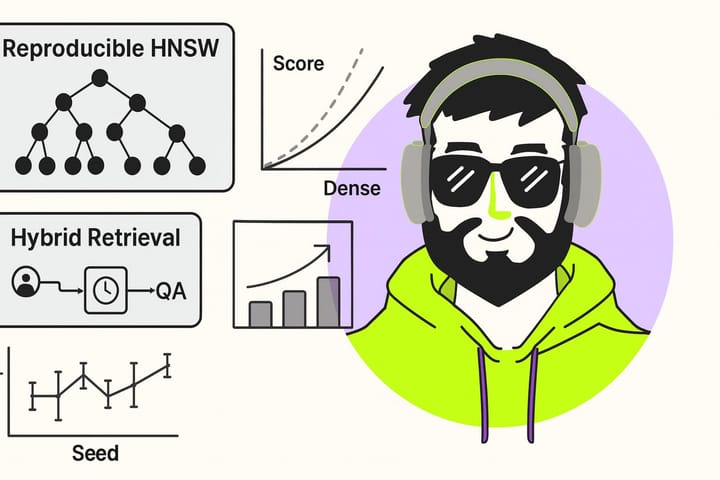Transitioning from the Automotive Industry to IT: A Mechatronic Engineer’s Journey

As a Mechatronic Engineer, I’ve navigated a career path that began in the automotive industry, where I worked in various roles — mechanical designer, maintenance specialist, production line supervisor, and test engineer. My journey started in Aguascalientes, a small city in Mexico, where the automotive industry dominates the job market for engineering graduates. If you want to explore other industries, it often means facing more competition or relocating.
I spent seven years in the automotive sector, deeply embedded in its culture and processes. During this time, I learned the foundational skills that would later aid my transition to the IT industry. While my coding experience in college focused on IoT and PLCs, transitioning to IT required a broader understanding of software development, which took me about two to three years to fully grasp. This transition wasn’t just about learning new technologies; it was about understanding the similarities between these two seemingly different industries.
Comparing Automotive and IT Industries: A Product Development Perspective
Both the automotive and IT industries are product-driven, but the processes they use to bring a product to market differ significantly. The automotive industry, heavily influenced by Japanese methodologies like Kaizen, focuses on continuous improvement and efficiency. On the other hand, the IT industry often adopts Agile frameworks, with Scrum being one of the most popular methodologies. Given my experience, I find it insightful to compare these two approaches.
Similarities Between Scrum and Lean Six Sigma
Focus on Continuous Improvement
Both Scrum and Lean Six Sigma prioritize continuous improvement. In Scrum, teams hold regular retrospectives to identify what worked well and what could be improved. Lean Six Sigma uses the DMAIC (Define, Measure, Analyze, Improve, Control) process to continuously refine workflows and processes.
Customer-Centric Approach
Delivering value to the customer is at the core of both methodologies. Scrum aims to provide functional, high-value increments of a product regularly. Lean Six Sigma seeks to enhance product quality and customer satisfaction by minimizing defects and waste.
Iterative Process
Scrum operates in sprints — time-boxed iterations where specific tasks are completed. Although Lean Six Sigma doesn’t have defined sprints, it emphasizes iterative problem-solving and ongoing process improvement.
Team Collaboration
Both methodologies emphasize the importance of teamwork. Scrum encourages a self-organizing, cross-functional team environment. Similarly, Lean Six Sigma projects typically involve cross-functional teams working collaboratively to enhance processes.
Data-Driven Decision Making
Lean Six Sigma relies on data to identify problems, analyze root causes, and measure improvements. While Scrum is more rooted in agile principles, it also benefits from data-driven insights, particularly in tracking progress and metrics like velocity and burndown charts.
Problem-Solving Mindset
Both Scrum and Lean Six Sigma cultivate a problem-solving mindset. In Scrum, issues that arise during a sprint are addressed in daily stand-ups or retrospectives. Lean Six Sigma employs tools like the 5 Whys or Fishbone Diagrams to systematically identify and resolve issues.
Waste Reduction
Waste reduction is central to Lean Six Sigma, which focuses on eliminating inefficiencies in time, materials, and effort. Scrum indirectly targets waste reduction by prioritizing high-value tasks and eliminating unnecessary activities.
Standardization and Flexibility
Both methodologies balance standardization with flexibility. Scrum provides a structured framework but allows teams the flexibility to adapt it to their needs. Lean Six Sigma follows a structured process improvement approach while encouraging innovation and adaptation based on specific project needs.
How This Transition Helped Me in IT
Having experience with methodologies like Lean Six Sigma made it significantly easier to adapt to Scrum in the IT industry. Lean Six Sigma, with its roots in manufacturing and its emphasis on process improvement and efficiency, shares many principles with Agile methodologies like Scrum. However, what truly facilitated my transition were specific concepts from Japanese culture, such as Kaizen, the 8M’s, and the 5 Whys. These tools have been instrumental in my IT career, helping me to analyze issues deeply, identify root causes, and implement preventive measures that enhance both business logic and overall product quality.
The 8M’s: A Framework for Comprehensive Problem Analysis
The 8M’s is a framework derived from the manufacturing industry, used for identifying and categorizing potential causes of a problem. The 8M’s stand for:
- Manpower: The human element, including skill levels, training, and morale.
- Method: The processes, procedures, and practices followed in production or development.
- Machine: The equipment and technology used in the process.
- Material: The raw materials and inputs required to produce a product or service.
- Measurement: The metrics, measurements, and data used to monitor processes.
- Milieu (Environment): The physical environment, including factors like temperature, humidity, and cleanliness.
- Management: The leadership, decision-making processes, and management practices.
- Maintenance: The upkeep, repair, and servicing of equipment and machinery.
In my IT career, the 8M’s have been invaluable when troubleshooting complex problems. By breaking down an issue into these eight categories, I can systematically evaluate each aspect of the development or deployment process, ensuring that no potential cause is overlooked. This comprehensive approach has led to more effective problem resolution and has improved the quality and reliability of the software products I’ve worked on.
Comparison to Scrum
In Scrum, issues are typically addressed during retrospectives, where the team reflects on what went well and what needs improvement. While Scrum encourages teams to identify the root cause of issues, it doesn’t prescribe a specific framework like the 8M’s. Incorporating the 8M’s into a Scrum retrospective can provide a structured way to dissect problems and ensure that all possible factors are considered, leading to more thorough and actionable insights.
The 5 Whys: Digging Deeper to Find the Root Cause
The 5 Whys is a problem-solving technique that involves asking “why” repeatedly — typically five times — to drill down to the root cause of a problem. Each “why” helps to peel away a layer of symptoms, leading you closer to the fundamental issue. This method, also originating from Japanese manufacturing practices, is simple yet powerful in its ability to uncover deep-seated problems.
For example, if a software feature is not performing as expected, the 5 Whys might proceed as follows:
- Why is the feature not performing as expected?
Because the API response time is slow. - Why is the API response time slow?
Because the database queries are inefficient. - Why are the database queries inefficient?
Because the indexing strategy is poor. - Why is the indexing strategy poor?
Because the database schema wasn’t optimized during design. - Why wasn’t the database schema optimized?
Because of a lack of database design expertise in the team.
By the end of this process, the team can identify that the root cause is a skills gap, which can then be addressed through training or by involving a database expert in future projects.
Comparison to Scrum
In Scrum, problem-solving often occurs during daily stand-ups or retrospectives. The 5 Whys technique can be a powerful addition to these meetings, enabling teams to drill down into issues more effectively. While Scrum emphasizes quick resolution and moving forward, the 5 Whys encourage deeper analysis, which can lead to more sustainable long-term solutions.
The Impact of These Tools on My IT Career
Applying these methodologies in the IT industry has not only enhanced my ability to understand and troubleshoot complex technical problems but has also improved my overall problem-solving skills. The ability to analyze a problem from multiple angles using the 8M’s and to dig deep into its root cause using the 5 Whys has proven to be invaluable. These tools have allowed me to implement more effective and sustainable solutions, thereby improving the quality of the products and services I help develop.
Furthermore, this cross-industry knowledge has broadened my perspective, enabling me to bring fresh insights into my work in IT. I encourage others in the IT industry to explore methodologies from other sectors, as it can provide new perspectives and significantly enhance your approach to daily tasks, including coding and software development.
In conclusion, transitioning from the automotive to the IT industry was a challenging yet rewarding journey. By drawing parallels between these industries, I’ve gained a broader perspective that has enriched my career and enabled me to bring valuable insights to my work in IT.




Comments ()